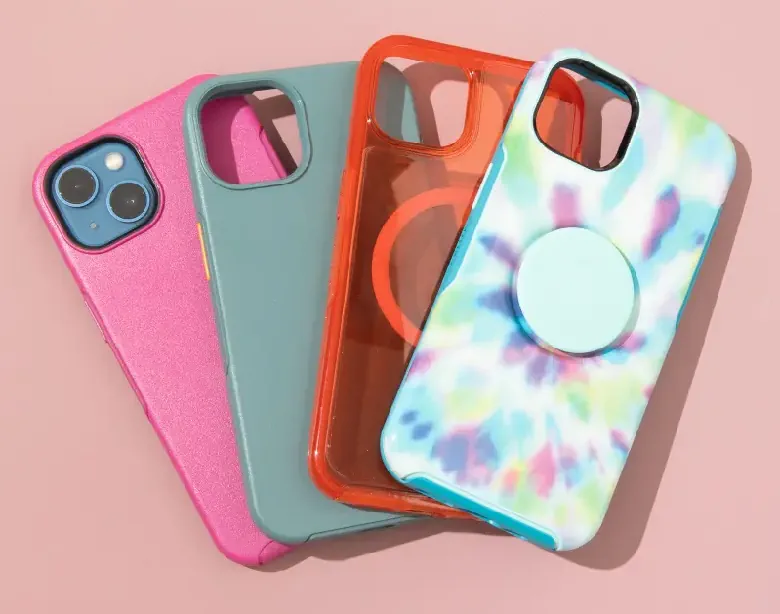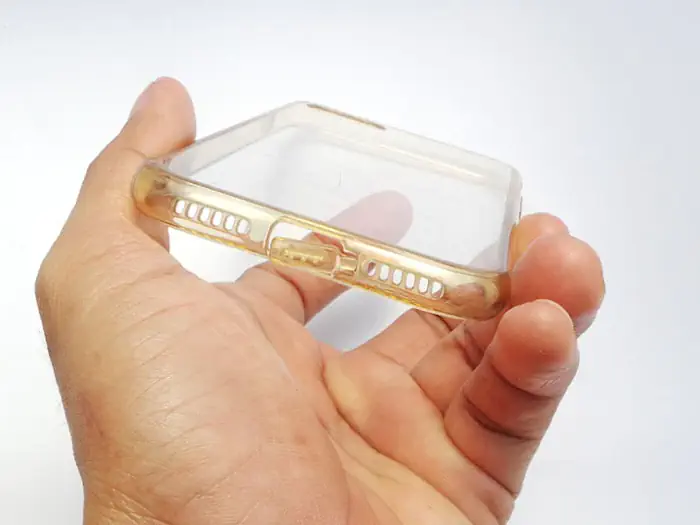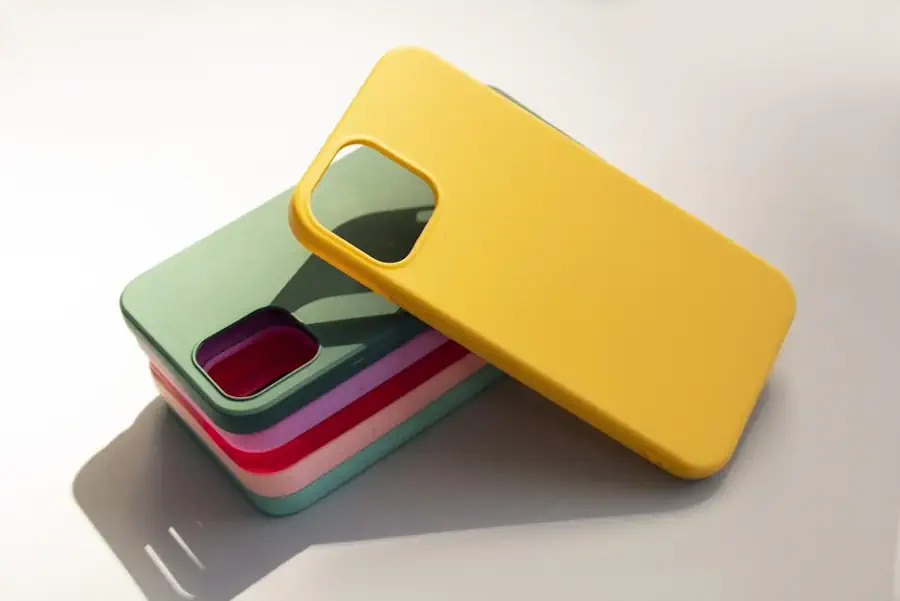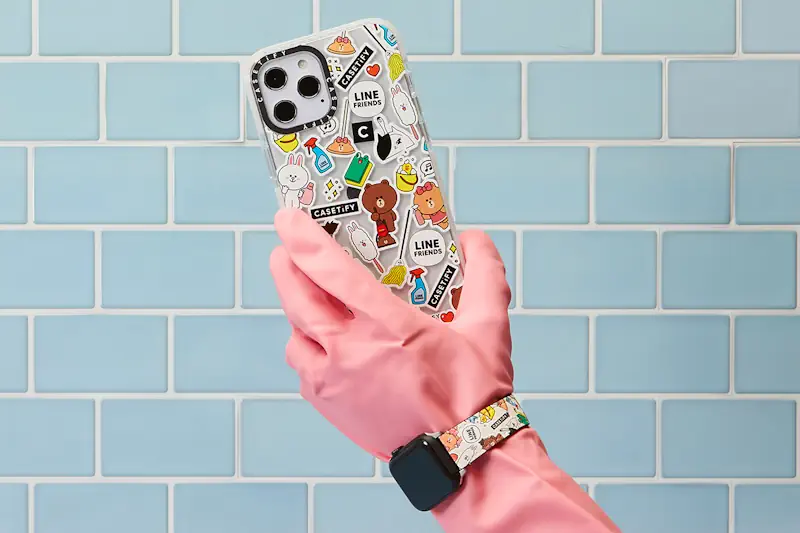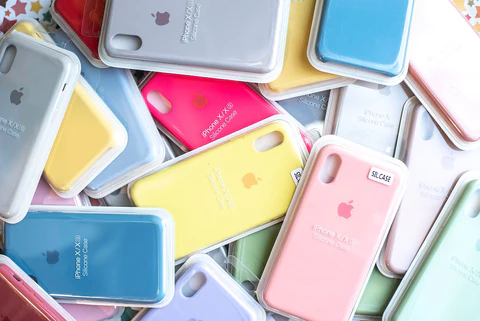Wondering if your trusty case has your screen’s back?
We’re diving into the age-old debate to help you figure out if that screen protector is a must-have or just a maybe.

Do I need a screen protector if I already have a phone case?
Combining a quality screen protector with a robust phone case provides a comprehensive shield for your device. While phone cases provide vital protection, complete screen protection involves the inclusion of a screen protector, ensuring that your phone remains protected from all angles.
The choice between a case and a screen protector can sometimes be a matter of personal preference, but many users swear by the combination of both for comprehensive phone safety.
What really protects your phone?
Phone cases, such as Apple silicone cases, offer crucial protection against physical damage, particularly from drops and impacts. Their shock-absorbing properties can mean the difference between a pristine device and a cracked screen.
However, it’s important to note that cases primarily shield the phone’s body and edges, leaving the screen vulnerable to scratches and cracks from direct impacts.
On the other hand, screen protectors are designed specifically to shield the display. They serve as an additional layer of defense against scratches, scuffs, and cracks.
I’ve found that both the phone case and the screen protector help prevent damage (I’ve damaged both the screen and the phone’s frame whenever I’ve used my phone without the respective protection). That’s why I generally recommend both.
Do cases provide complete screen protection?
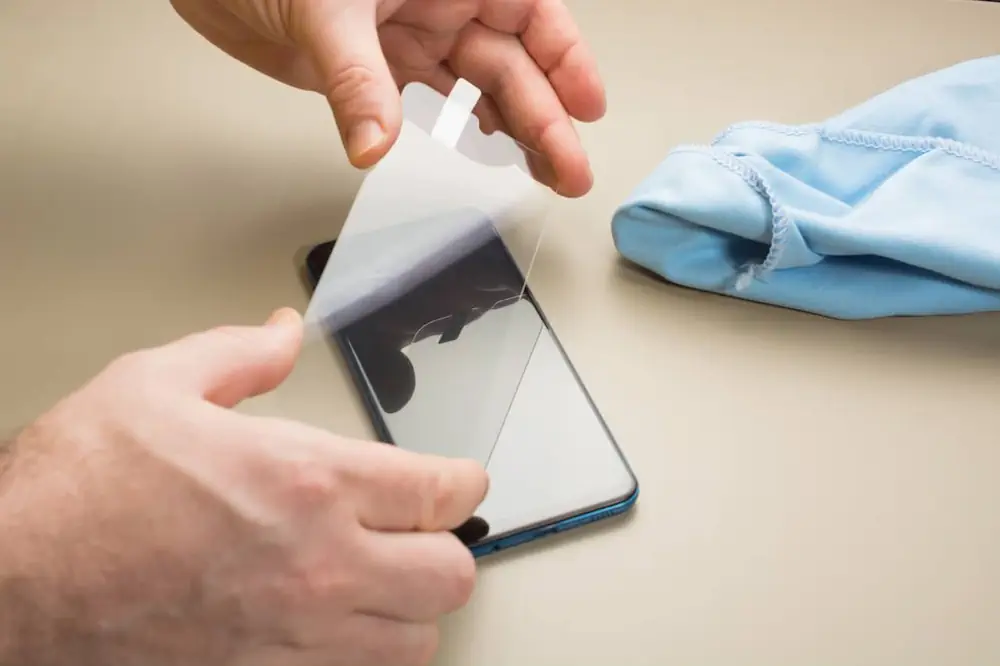
Phone cases, despite their many benefits, do not offer complete screen protection. While they are designed to safeguard the body and edges of your device, the screen remains vulnerable to scratches, scuffs, and cracks. Cases primarily absorb shocks and impacts during accidental drops, reducing the risk of physical damage to the phone’s structural components.
However, the delicate display, often made of glass, is a critical area that cases cannot fully shield. Sharp objects, abrasive surfaces, or direct impacts can still lead to scratches or cracks on the screen.
To ensure comprehensive protection for your phone, it’s advisable to complement your case with a quality screen protector. The combination of both elements provides a well-rounded defense, safeguarding both the device’s body and its display. So, while phone cases are an essential part of phone protection, complete screen protection requires the inclusion of a screen protector.
Screen protector vs case: which is more essential for your phone?
If you frequently find yourself in situations where your phone is at risk of being dropped or bumped, a sturdy phone case should be your top priority. These cases excel at absorbing shocks and safeguarding your device from physical damage. However, keep in mind that they may not offer complete protection for the screen, which remains vulnerable to scratches and cracks.
On the other hand, if you prioritize the pristine condition of your phone’s display, a screen protector is indispensable. Screen protectors act as a sacrificial layer, absorbing scratches and scuffs that would otherwise mar your screen.
While they won’t prevent physical damage from drops, they significantly enhance the longevity of your screen’s flawless appearance. For comprehensive phone protection, especially in scenarios involving both physical impact and potential screen damage, a combination of a robust phone case and a durable screen protector is the ideal solution.
The real risks of skipping a screen protector
The risks of not using a a screen protector become evident when your device encounters abrasive surfaces or sharp objects.
The screen, being one of the most delicate components of your phone, is susceptible to scratches that can diminish its clarity and functionality. Even minor scratches can be frustrating and affect the touch sensitivity of your display.
Additionally, for those who frequently place their phone in pockets or bags alongside keys, coins, or other objects, the risk of abrasive damage to the screen is heightened. A screen protector acts as a shield against such scenarios, ensuring that your display remains pristine.
The cost of repairing a damaged phone
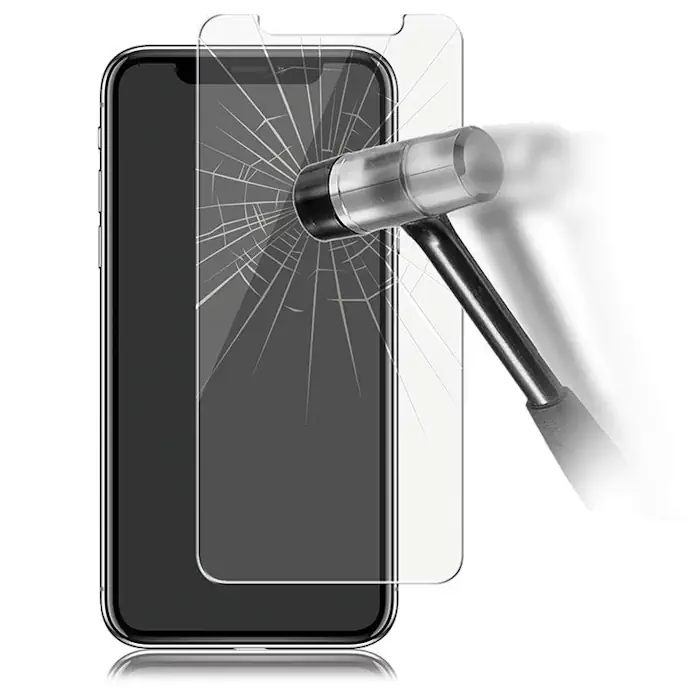
Repairing a damaged phone can vary significantly in cost, depending on the type and extent of damage, as well as the brand and model of the device. Here are some approximate numbers to give you an idea of potential repair costs:
- Screen Replacement: One of the most common repairs is screen replacement. It can cost anywhere from $100 to $400 or more, depending on the phone model. High-end smartphones with OLED displays tend to be more expensive to repair.
- Battery Replacement: Replacing a phone battery typically ranges from $50 to $100. Older models may have lower costs, while newer ones may be at the higher end of the range.
- Water Damage: Repairing water damage can be tricky and costly. It might range from $50 for minor issues to $200 or more for extensive damage. In some cases, it might be more cost-effective to replace the phone entirely.
- Camera Repairs: Repairing or replacing phone cameras can cost around $50 to $150, depending on the complexity of the camera system.
- Charging Port Replacement: Fixing a damaged charging port can range from $50 to $100.
- Motherboard or Logic Board Issues: Repairing these critical components can be quite expensive, often exceeding $200 or even $300.
- Other Components: Costs for repairing other components like speakers, microphones, or buttons can vary widely, typically ranging from $20 to $100 or more.
Keep in mind that repair costs can sometimes approach or even exceed the price of a new phone, particularly for high-end models. This is why investing in protective accessories like phone cases and screen protectors is a cost-effective way to prevent damage and avoid these potentially significant repair expenses.
How to make the right choice for your phone’s safety
Begin by selecting a phone case that aligns with your lifestyle and preferences. Robust cases with shock-absorbing properties are ideal for those prone to accidental drops, while slim and stylish cases may suit users who prioritize aesthetics. Complement your case with a durable screen protector to shield your phone’s display from scratches and cracks.
Regularly clean and maintain your phone and its accessories to ensure longevity and optimal performance. Additionally, consider your environment and usage patterns.
If you often expose your phone to challenging conditions, such as outdoor activities or extreme temperatures, opt for a more rugged case for enhanced protection.
Ultimately, the right choice for your phone’s safety lies in a combination of protective accessories, responsible usage, and a proactive approach to prevent damage and costly repairs.


